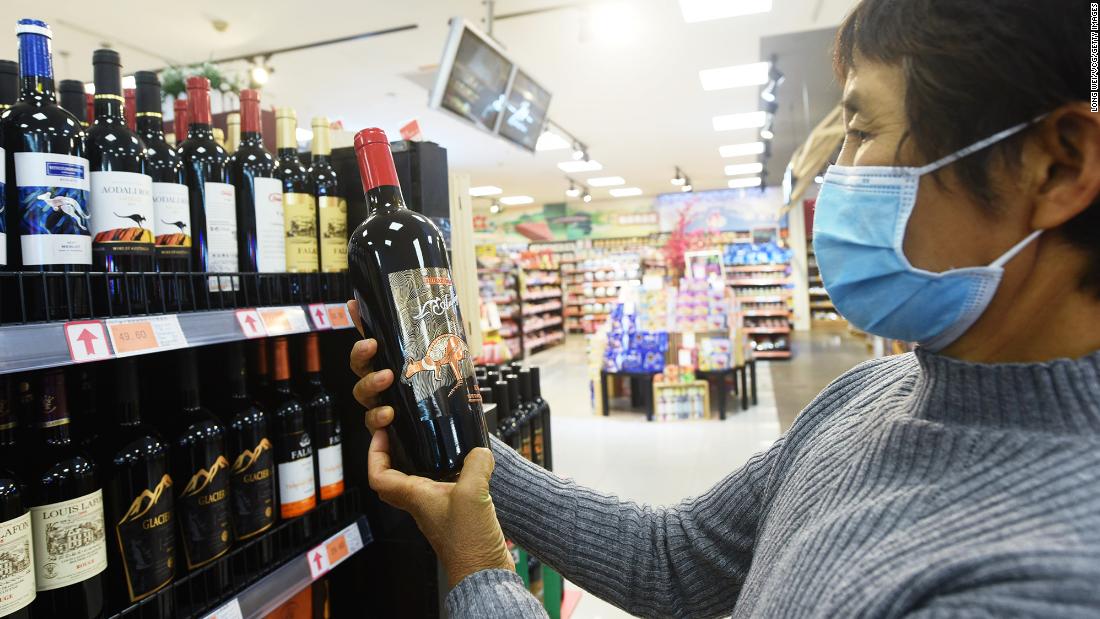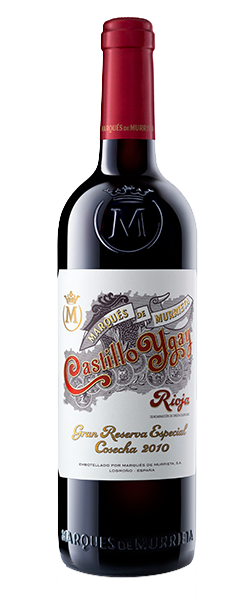
We were very privileged indeed to have Peter Gago, the Chief Winemaker at Penfold’s join seven of us for a unique tasting of Grange Hermitage at Melbourne’s Kelvin Club.
The entry was that each attendee bring a bottle of Grange from their cellar. After all, many of us hoard Grange but never seem to find the opportunity, courage or occasion to open it!

Peter very kindly opened the batting with a special bottling of 2012 Champagne Thienot X Blanc de Blanc Grand Cru. Not being a champagne drinker, this wine blew me away. I frankly never knew champagne could be so delightful. Pale yellow with peach aromas with flavours of peach, apricot and grapefruit. Long with crisp acidity, great texture and and flavour. 19.5/20. $280.00. No auction price available.
We then settled in to work our way through eight bottles of Grange ranging from 1969 to 2016. Peter explained that his policy is always drink and serve wine from the oldest to the youngest.
He reminded us to always stand older vintages upright 24 hours before opening to allow sediment to settle at the bottom of the bottle. Extract the cork carefully and slowly decant the wine into a clean jug in a continuous stream ensuring the sediment is not disturbed. He recommends double decanting by rinsing the original bottle out with clean water to dispose of the sediment, hold the bottle upright to drain any surplus water and carefully re-pour the jug back into the original bottle. Re- cork and keep your fingers crossed.
Sterling Wine auction last sales range follow the assessments.
1969 Grange Hermitage. A very wet growing season followed by a mild wet vintage. 12.5% in a 1 pint 6 fl oz bottle. Faded and past its best. Peter agreed with this. 12/20. $1200-$1499.
1983 Grange Hermitage. Ullage was to lower shoulder on this bottle which found it slightly oxidised and Peter commented that it would not make it at the bi-annual Penfold’s top up clinic. Whilst past it was still sweet on the palate. In good condition it would have the hall marks of chocolate, blackberry, hazelnut and and fine lacy textures. You may recall the dry northerly winds which led to the Ash Wednesday bush fires followed by February rains and March flooding. This bottle 15/20. In good condition 18.5/20. Peter says drink to 2040. It is recommended that you always try a wine in the mid of the drinking maximum range he says. $612-$1066.
1989 Grange Hermitage. Nose slightly closed but showed fresh dark chocolate, cherries, plum. Was sweet but soft with persistent acidity. Beautiful despite a burst of very hot weather in February that shrivelled the grapes, followed by heavy rains which made for a difficult vintage. 18/20. Drink now to 2030. ( Note the last vintage which has Grange Hermitage on the label. Future vintages simply say Grange). $545-$790.
1996 Grange. A Cracker. Bright and elegant. Blueberry and blackberry fruits with generous dark cherries. Rich, with fine firm tannins – even apricots. Rated one of the best vintages in the 90’s. Hot summer and damp March conditions. 19/20. Drink window to 2050. $670-$900.
1998 Grange. Opened slightly corked and was dull and sappy. Disappointed as this year is rated an exceptional vintage. Peter explained an early mild growing season followed by very hot dry weather laced with plenty of dam water. Should have been rich and full bodied showing all the classic fruits a Grange should have. Dark plum, mulberry, blackberry, liquorice, chocolate and black cherry. This bottle 14/20. Peter 19.5/20. Drink now to 2055. $670-$900.
2005 Grange. Was slightly closed and oxidised but underneath wow! Deep colour, long rich fruit and nicely balanced through the spectrum. Not a typical Grange said Peter but still developing. 18/20. Drink 2028 to 2050. (opposite is the 1969 bottle). $520-$760.
2008 Grange. Youthful and exuberant with cassis, bitter chocolate, violet and liquorice overtones. Chewy and grippy tannins. Great power and density. Apparently a difficult, remarkable year marked by the longest heatwave ever recorded in South Australia. A run of 15 days above 35 degrees. An outstanding result and one of the great Penfold vintages. 19.5/20. Drink 2025 to 2060. $625-$760.
2016 Grange. What a way to finish. Easy to describe. Gorgeously seductive with dark cherry, blackberry, dried plum fruits, rich dark chocolate with ripe tannins. long with density and power. Everything in harmony. The weather conditions allowed the Barossa Shiraz (97%) and Coonawarra Cabernet (3%) to to ripen perfectly. Drinking the latest release gave us an insight to the beginning of a life that will span 2030 to 2070. Remember if you live that long good luck but remember at the end of the day it is a bottle of wine that requires you to drink it and not leave it to the grand kids. 19.5/20. Drink 2030 to 2070. $660-$740.
Summary
While a couple of the bottles bought along had wine faults due to storage, heat, corkage or cellaring, it was interesting to see how this affected the complexity of the wine. To have Peter Gago with us for four hours to listen to his world wide travel experiences and share his vast knowledge was to behold. Thank you.


 2020 Koonunga Hill Autumn Riesling
2020 Koonunga Hill Autumn Riesling




 Alister Purbrick, chief executive of the Tahbilk Group, walks through his vineyard.
Alister Purbrick, chief executive of the Tahbilk Group, walks through his vineyard.

 Each year since 1988, the influential and prestigious US Wine Spectator magazine has released its Top 100 list, where the editors select the most exciting wines from the more than 11,000 they reviewed during 2020. Its influence is substantial; many wines that feature highly in the list sell quickly in following months, often at increased prices.(The selection prioritises quality (based on score), value (based on price) and availability. These criteria are applied to the wines that rated outstanding (90 points or higher on Wine Spectator’s 100-point scale) to determine the Top 100 for the year.
Each year since 1988, the influential and prestigious US Wine Spectator magazine has released its Top 100 list, where the editors select the most exciting wines from the more than 11,000 they reviewed during 2020. Its influence is substantial; many wines that feature highly in the list sell quickly in following months, often at increased prices.(The selection prioritises quality (based on score), value (based on price) and availability. These criteria are applied to the wines that rated outstanding (90 points or higher on Wine Spectator’s 100-point scale) to determine the Top 100 for the year.